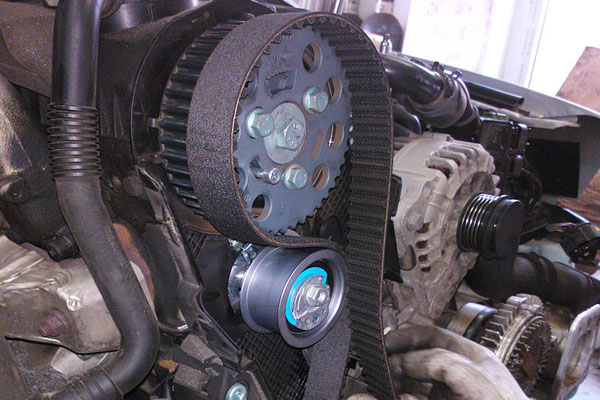Your windshield may appear strong and stable, but it’s actually highly sensitive to temperature changes. Glass expands when heated and contracts when cooled. This natural response to temperature variation creates internal stress within the windshield. While modern automotive glass is engineered to handle everyday changes, extreme fluctuations such as scorching days followed by chilly nights can push the material to its limits. When this thermal stress exceeds the glass’s tolerance, it can lead to cracking, especially if there are already chips or imperfections present.
Hot Days: Expansion and Uneven Heating
During a hot day, especially in direct sunlight, different parts of the windshield may heat up at different rates. For instance, the area exposed to sunlight heats faster than shaded areas or edges near the dashboard. This uneven heating causes the glass to expand irregularly, putting stress on its surface. If there’s a small chip or defect, this stress may cause the damage to spread quickly into a longer crack. Additionally, using the air conditioner at full blast while the windshield is still hot from the sun can create a sharp contrast between inner and outer surfaces, worsening the problem. For professional windshield inspection and repair, rely on trusted Auto Repair in Marion, IA.
Cold Nights and Contraction Effects
As night-time temperatures drop, the windshield contracts, an opposite of heat-induced expansion. This contraction stresses weak areas, especially those with previous chips or cracks. Ice and frost have a different contraction rate than glass, compounding the problem. Scraping ice with too much force increases cracking risk. Pouring hot water on a frozen windshield to defrost it can also increase tension. Older windshields with microscopic defects or pre-existing cracks are especially vulnerable to these contraction pressures. These defects concentrate stress, making glass more likely to shatter during contraction.
The Role of Pre-Existing Damage
Chips, scratches, and minor cracks create weak points that act like stress concentrators. When temperature fluctuations occur, these areas are more likely to give way under pressure. What starts as a nearly invisible chip can quickly spread into a large crack across the windshield, especially during rapid temperature changes. That’s why it’s essential to repair even the smallest chips as soon as they’re noticed. Addressing minor damage early can prevent the costly need for a full windshield replacement later.
Preventive Measures to Protect Your Windshield
You can minimize the effects of temperature fluctuations on your windshield with a few simple precautions. Park your car in shaded areas or garages whenever possible to reduce heat build-up during the day. In cold weather, use a windshield cover or let your vehicle warm up gradually before turning on the defroster. Never pour hot water on a frozen windshield. Lastly, inspect your windshield regularly for chips or cracks and address them promptly.


